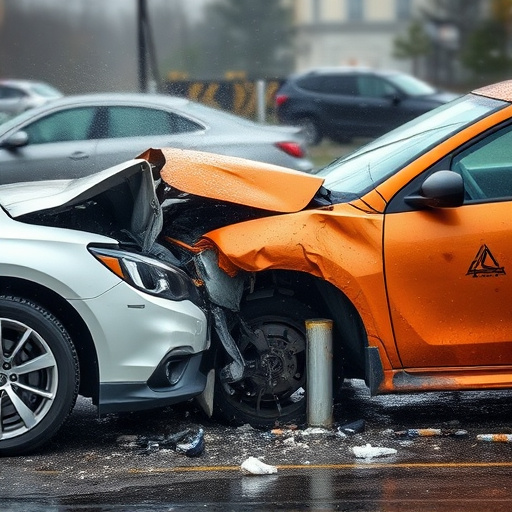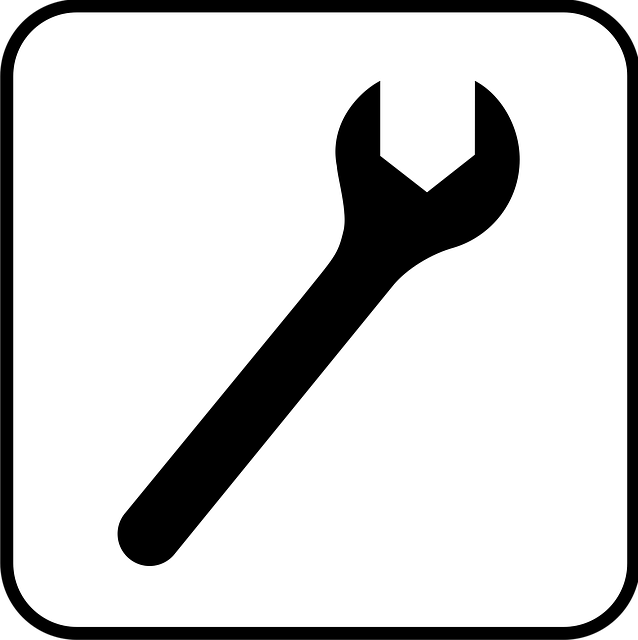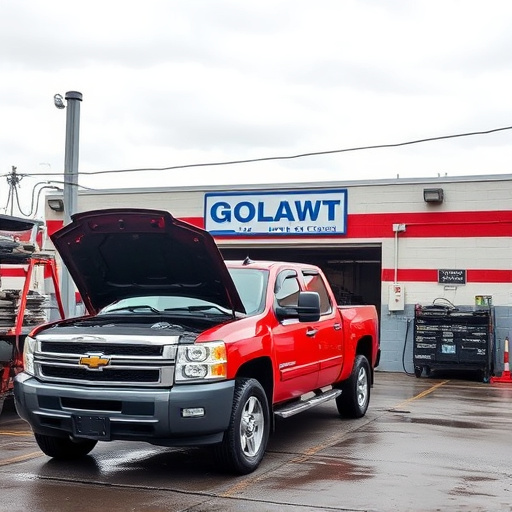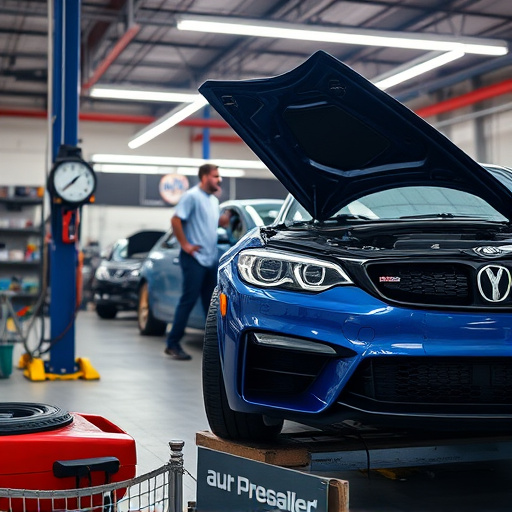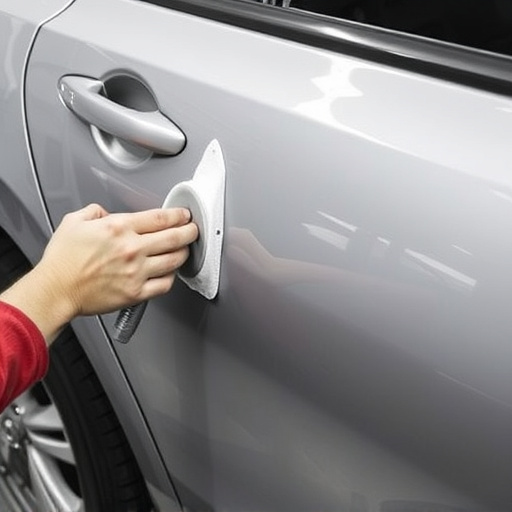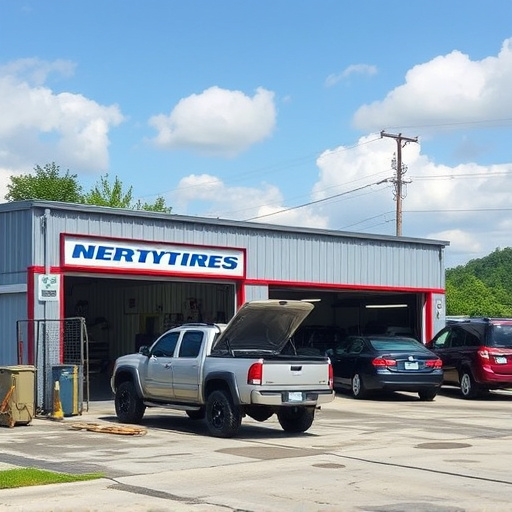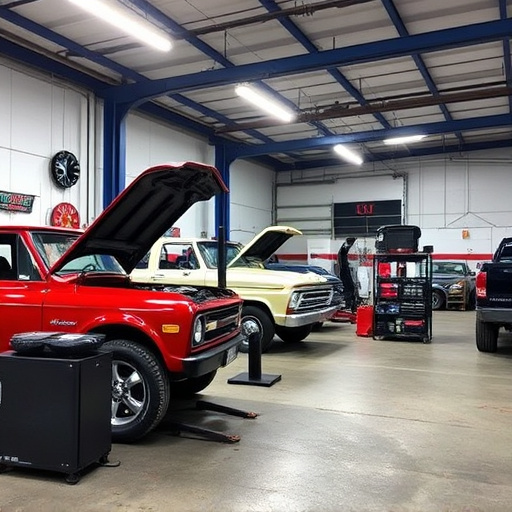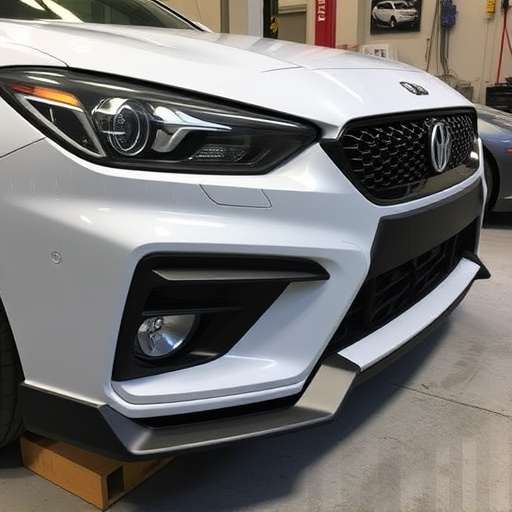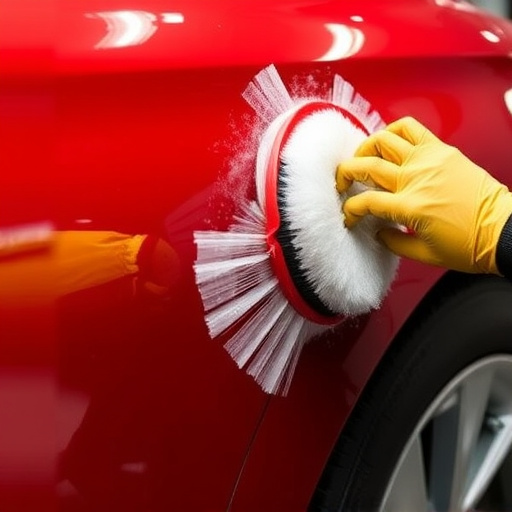Infrared curing equipment revolutionizes automotive repair by quickly drying adhesives, coatings, and paints using targeted heat instead of air circulation. Optimal placement involves direct line-of-sight for uniform heating, multiple smaller lamps for detailed work, and workspace design for easy access and cooling. Fine-tuning temperature and exposure time based on material properties prevents issues and ensures superior results in collision repair and classic car restoration.
Infrared (IR) curing equipment has become an indispensable tool in various industries, offering efficient and precise drying and curing solutions. To maximize its potential, understanding the fundamentals of IR technology is key. This article provides an insightful guide on setting up and positioning your infrared curing equipment for optimal efficiency. From basic concepts to fine-tuning techniques, discover how strategic placement can enhance production speed and quality.
- Understanding Infrared Curing Equipment Basics
- Optimal Placement for Efficient Curing
- Fine-Tuning for Maximized Performance
Understanding Infrared Curing Equipment Basics
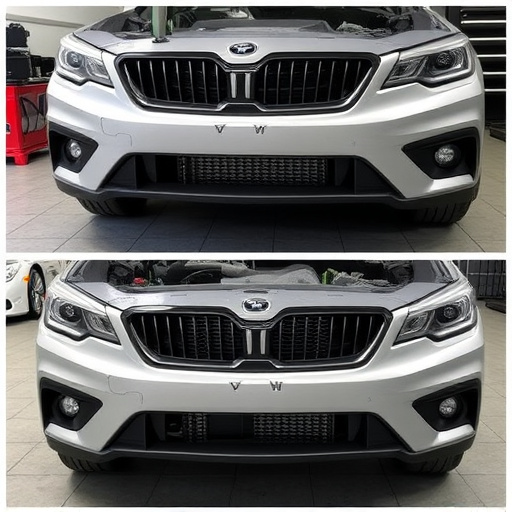
Infrared curing equipment has become a game-changer in various industries, including automotive repair and collision damage repair in auto body shops. This technology utilizes specific wavelengths of infrared radiation to quickly cure or dry materials, such as adhesives, coatings, and paints. Understanding how this equipment works is essential for maximizing its efficiency.
Infrared curing systems emit energy in the form of heat, which is absorbed by the surface of the material being dried. Unlike traditional drying methods that rely on ambient air circulation, infrared technology provides direct heat to the target area, resulting in faster and more consistent curing. For auto body shops performing collision damage repair, this means reduced repair times and improved overall productivity. By understanding the fundamentals of infrared curing equipment, technicians can strategically position and set up the machinery for optimal performance, ensuring the best results for every job.
Optimal Placement for Efficient Curing
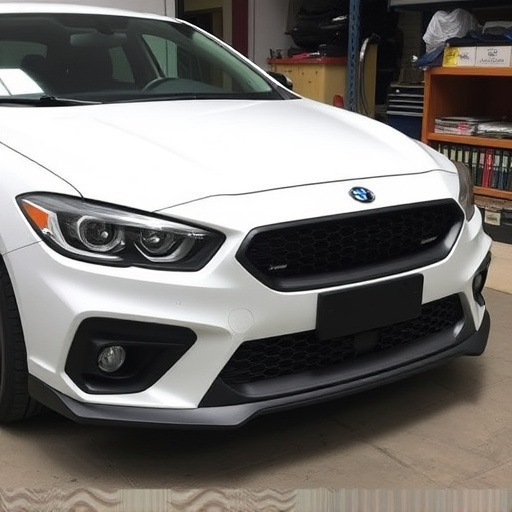
Optimal placement of infrared curing equipment is key to enhancing efficiency and reducing energy consumption. Positioning should consider both the nature of the curing process and the workspace layout. In car paint services or auto glass replacement, for instance, ensuring direct line-of-sight between the infrared lamps and the work area allows for consistent and even heat distribution, expediting the curing process. For intricate car body restoration projects, strategic placement might involve using multiple smaller lamps to target specific areas, preventing over-curing or hot spots that can damage sensitive surfaces.
In designing the workspace, it’s crucial to clear a sufficient space around the infrared curing equipment to prevent obstructions. This not only facilitates easy access for technicians but also allows for optimal air circulation, which is essential for efficient heat transfer and cooling. Additionally, aligning the equipment with reflective surfaces can help bounce light and heat into hard-to-reach areas, further enhancing the overall curing efficiency, whether for a quick auto glass replacement or complex car body restoration tasks.
Fine-Tuning for Maximized Performance
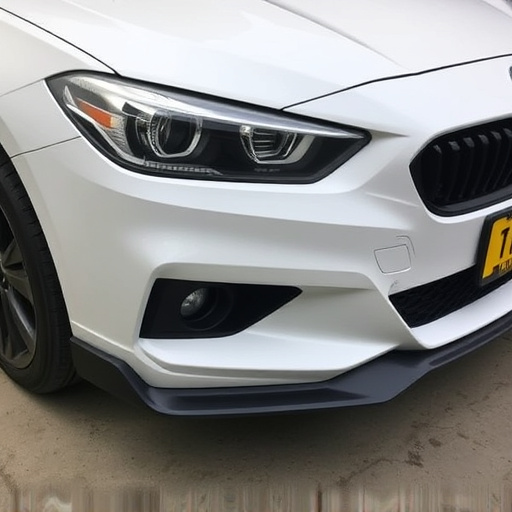
To maximize the efficiency of your infrared curing equipment, fine-tuning is key. Adjusting the temperature and exposure time according to the specific material being cured ensures optimal performance. Every material has its unique properties, and understanding these allows for precise control. For instance, in collision repair services or classic car restoration, where precision is paramount, tailoring the infrared settings can prevent overcuring or undercuring, which could lead to poor finishes or even damage.
This fine-tuning process involves careful observation and experimentation. It’s about discovering the sweet spot—where heat meets time—to deliver the perfect cure. With practice, you’ll learn to anticipate the ideal settings for various materials, enhancing overall efficiency. Think of it as a dance between technology and skill, where the right balance creates superior results, making your infrared curing equipment a reliable asset in any professional workshop, whether tackling a fender bender or restoring a classic car.
Infrared curing equipment, when properly set up and positioned, can significantly enhance production efficiency in various industries. By understanding the basics, optimizing placement, and fine-tuning performance, you can ensure your infrared curing system delivers maximum results. Remember, the right setup isn’t just about convenience; it’s a strategic move to save time, reduce costs, and improve overall product quality.


